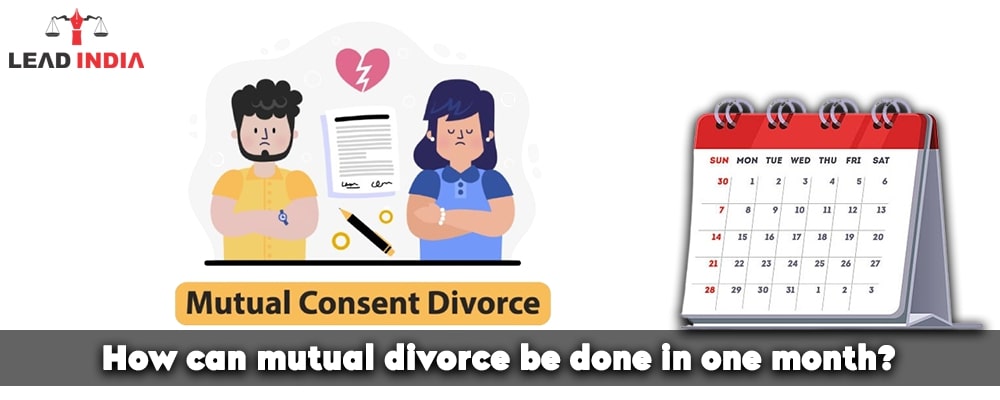For every couple, going through a divorce is a difficult process. If you are attempting to move on with your life and don’t have anything left in common with your partner, mutual divorce is the way to go in India, even though it’s not something you want to do or an easy decision to make.
Mutual Divorce: About
- Divorce by mutual consent remains one of the most practical and favored ideas for getting a divorce, while there are other theories as well. This idea places the highest value on the parties’ consent to the marriage.
- The term “consent” in this divorce refers to the mutual understanding and agreement between the parties that they are no longer able to live together.
- They sincerely want to get rid of each other and agree with each other. They decide that living together is no longer in their best interests and that getting a divorce will allow them to live in a better place together.
Need A Legal Advice
The internet is not a lawyer and neither are you. Talk to a real lawyer about your legal issue

Mutual Divorce in One Month
- The length of the couple’s separation and the resolution of their differences determine how long it takes for a mutual divorce to occur. The divorce process may proceed more quickly if the couple has settled all of their issues and has been living apart for longer than 18 months.
- The Hon’ble Judge may, in certain situations, waive the customary six-month waiting period, enabling the divorce to be finalize more quickly.
- The six-month waiting time may be waive by the Honorable Judge, enabling an amicable divorce to be conclude in as little as ten or fifteen days. If the waiver is reject, though, the divorce won’t be finalize until after the six months have elapse.
- A mutual divorce, however, cannot be finalize in a single day. The procedure calls for the filing of the First and Second motions, which must be separate by at least seven days. There is, however, an exemption made when the parties agree to a divorce in advance of the case going all the way to the Hon. Supreme Court. In some situations, the marriage could be dissolve by the Supreme Court in a single day.
Mutual Divorce: Cooling Off Period
- The court has granted a cooling-off period to allow the parties to the divorce to try to work things out before getting a divorce order.
- In the case of Anil Jain v. Maya Jain, the court ruled that, in order to provide the couple with justice under Article 142 of the Indian Constitution, the six-month cooling-off period may be waive if the parties are litigating for an extend period of time, a significant amount of time has pass, and there has been no conciliation between the parties.
- This cooling-off period is not mandatory; rather, it is consider a directory provision that may be waive occasionally or case-by-case. It can be done so when the parties to the divorce have resolve all outstanding issues, such as child custody, alimony, or any other type of pending disputes
- The parties must submit a request to waive off, which may be done one week after the initial motion. The request must include a justification for the waiver, and if all requirements are met, the court will have the final say over whether to grant the request.
In India, the procedure of getting a mutual divorce can be finish very swiftly and affordably. Before starting any legal action, it is crucial to comprehend the needs and procedure. To make sure your interests are safeguard, please speak with an expert lawyers if you are thinking about getting a mutual divorce.
One can talk to lawyers from Lead India for any kind of legal support. In India, free legal advice online can be obtain at Lead India. Along with receiving free legal advice online, one can also ask questions to the experts online free through Lead India.





 Talk to a Lawyer
Talk to a Lawyer